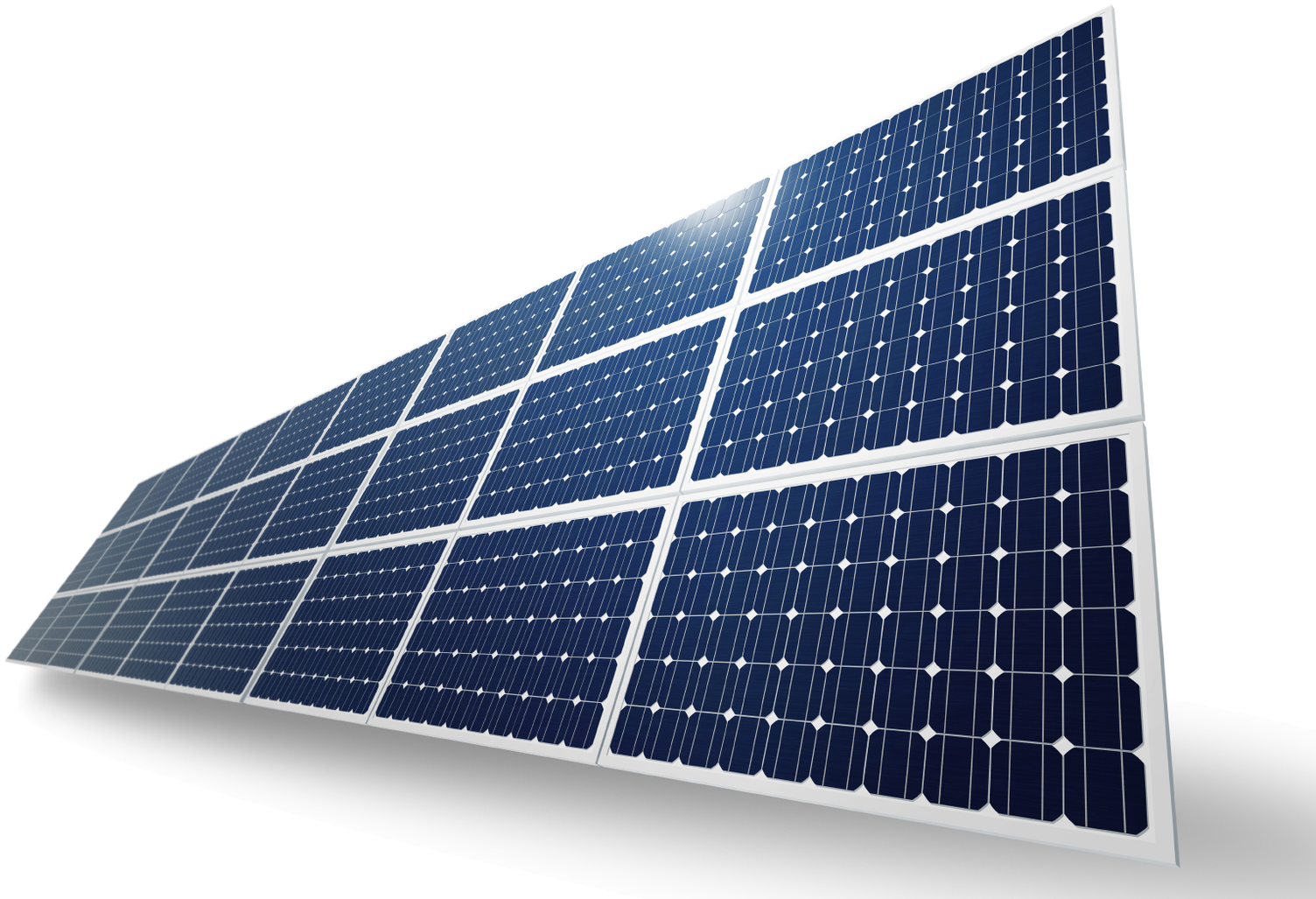
Panel solar PNG
Thursday, 9. April 2020. In this pv magazine Webinar we will discuss durability testing results for transparent backsheets and bifacial reliability data. We will be joined by Mohamed Saady.

PVModule
Transparente Solarmodule: Das sollte man wissen. Sie ziehen die Blicke auf sich: klassische Solarmodule auf Dächern und an Hausfassaden. Doch nicht jede/r Eigenheimbesitzer*in empfindet sie als ansprechend. Transparente Solarmodule können eine Lösung dafür sein, grüne Energie und hohe Designansprüche in Einklang zu bringen.
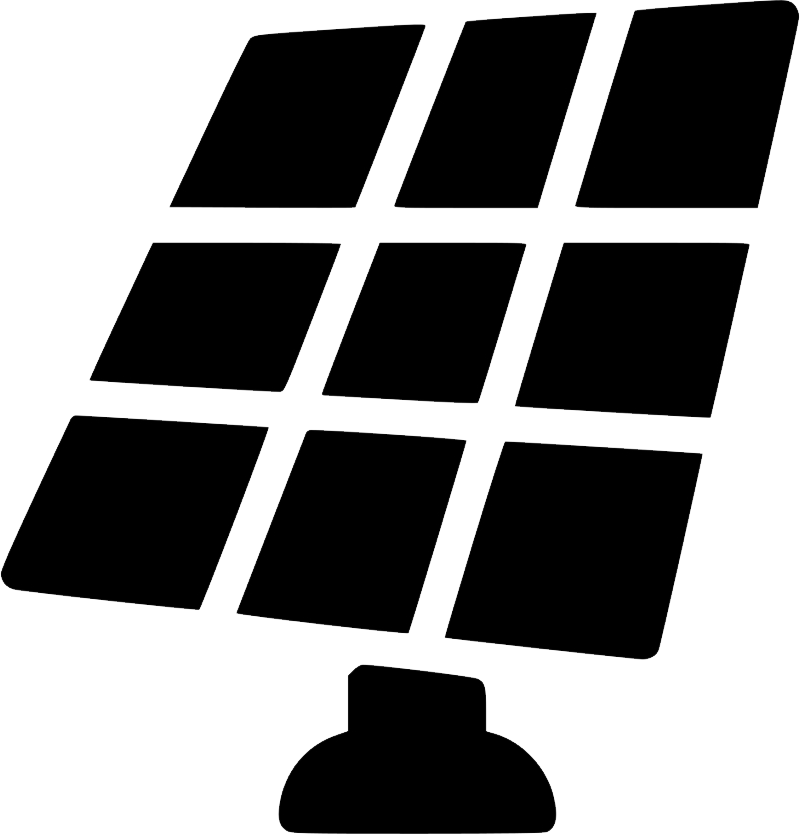
Solar panel PNG
The variants include a 32-cell panel with 51% transparency, a 48-cell product with 27% transparency, and a 54-cell version with the transparent part spanning just 19% of the panel's total surface.

PVMontagesystem für Flachdächer EASY ROOF FLAT IRFTS
Transparent Solar Panels Bifacial solar panels are one of the new advanced technologies in the PV sector. The concept behind the bifacial solar panels is that the PV modules receive the incident solar rays on the front side as well as on the rear side of the panel to generate electricity. Therefore, the bifacial solar panels
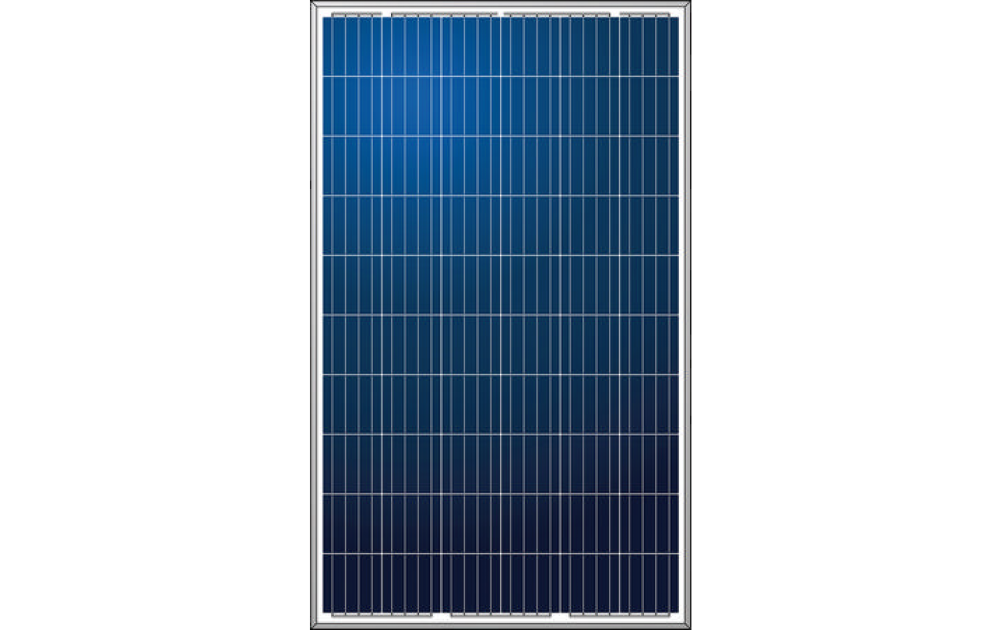
Solar panel PNG
Electric energy production with photovoltaic (PV)/thermal solar hybrid systems can be enhanced with the employment of a bifacial PV module. Experimental model of a PV/thermal hybrid system with.
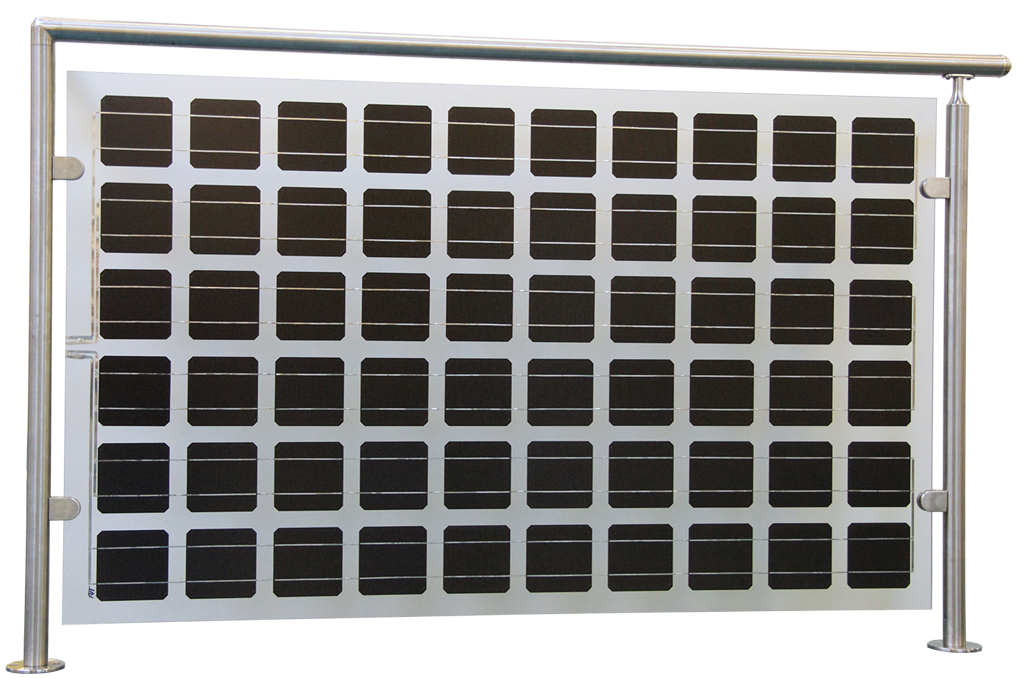
GLASGLAS MODULE PVTechnologies GmbH
Vorteile transparente Solarmodule. Nachteile transparente Solarmodule. lichtdurchlässig. geringerer Wirkungsgrad. individuelles Design und ausgezeichnete Ästhetik. höhere Kosten. vielseitige Anwendungsmöglichkeiten. Mehrkosten bei individueller Gestaltung. gleichmäßige Verschattung.
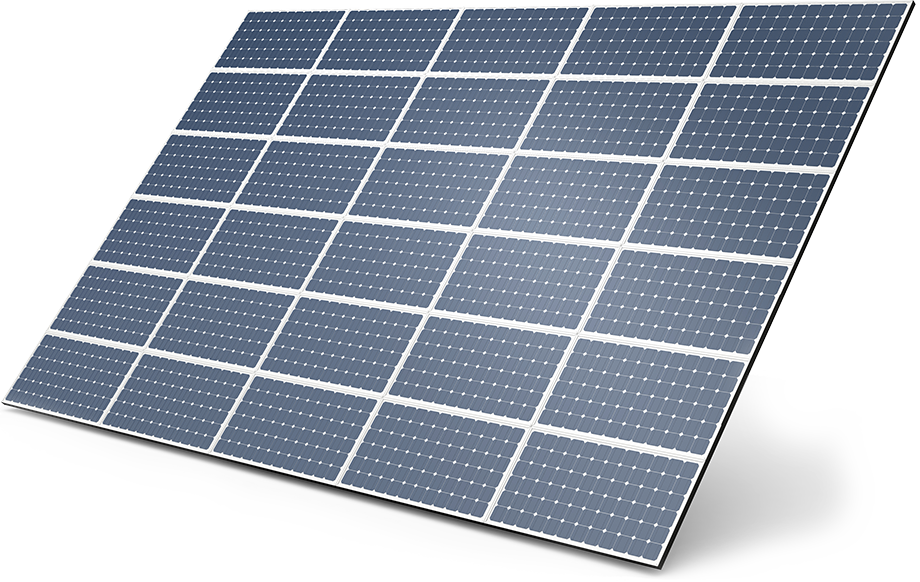
Solar Panel PNG File Download Free PNG All PNG All
The new solar module can be purchased with different levels of transparency, depending on the project, with light transmittance ranging between 30% and 40%. It has a power output of 245 W to 300 W.
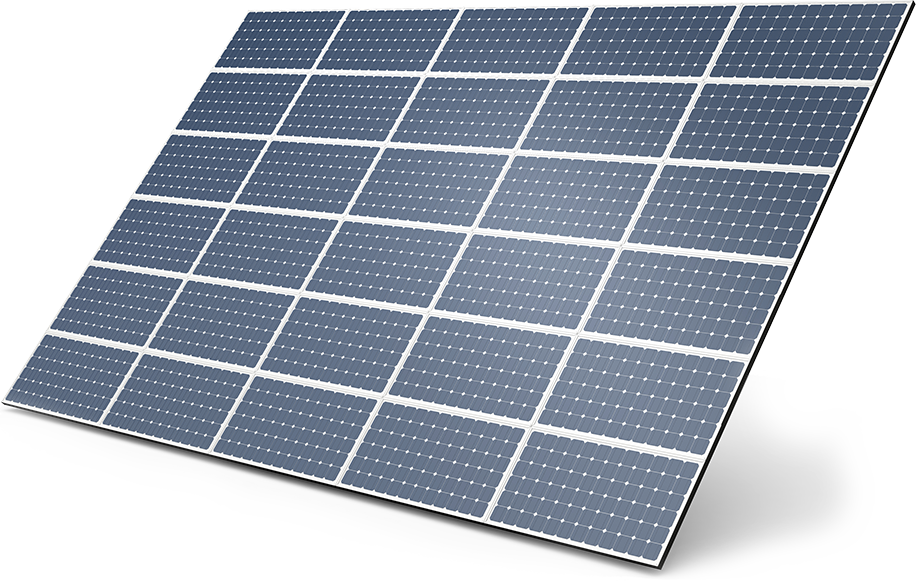
PV Panel TTOP Industrial & Engineering Sdn. Bhd
Dennoch gibt es eine Reihe von Herstellern, die solche Module anbieten. Hier finden Sie einen ersten Überblick: Solarwatt: Der Hersteller Solarwatt bietet das semitransparente PV-Modul "Vision 36M glass" an. Dieses Modell lässt 20 Prozent Tageslicht durch, während es zugleich mit der Kraft der Sonne Energie erzeugt.
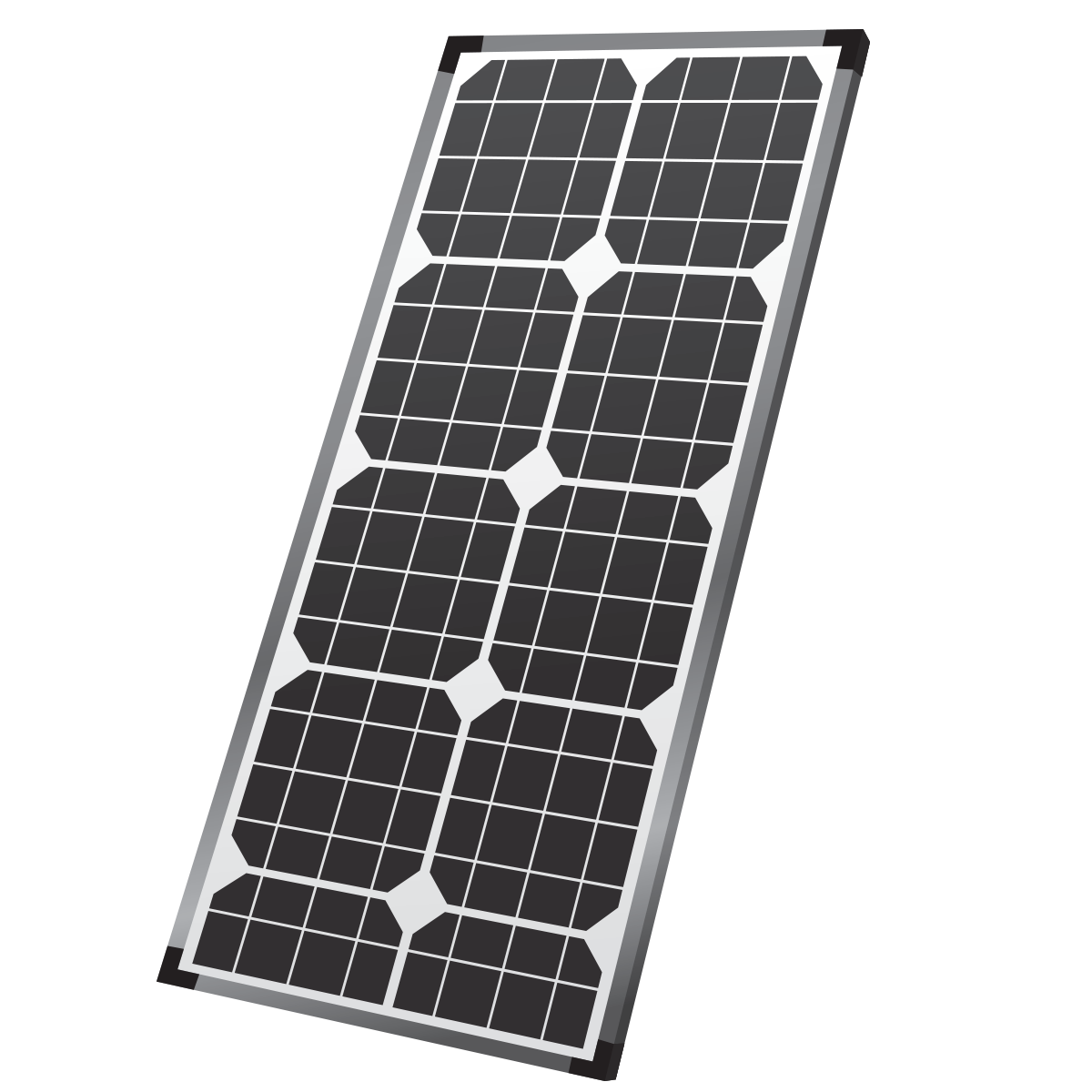
Solar panel PNG
TRANSPARENT BACK PV MODULE. Transparent photovoltaics (TPVs), which combine visible transparency and solar energy conversion, are being developed for applications in which conventional opaque solar cells are unlikely to be feasible, such as windows of buildings or vehicles. In the back of the PV module, transparent backsheet is used rather than.

SINUS Photovoltaik Photovoltaik
In this pv magazine Webinar, we will discuss the advantages of transparent backsheet bifacial modules compared to double glass products. With a focus on Jolywood's latest module, attendees will.
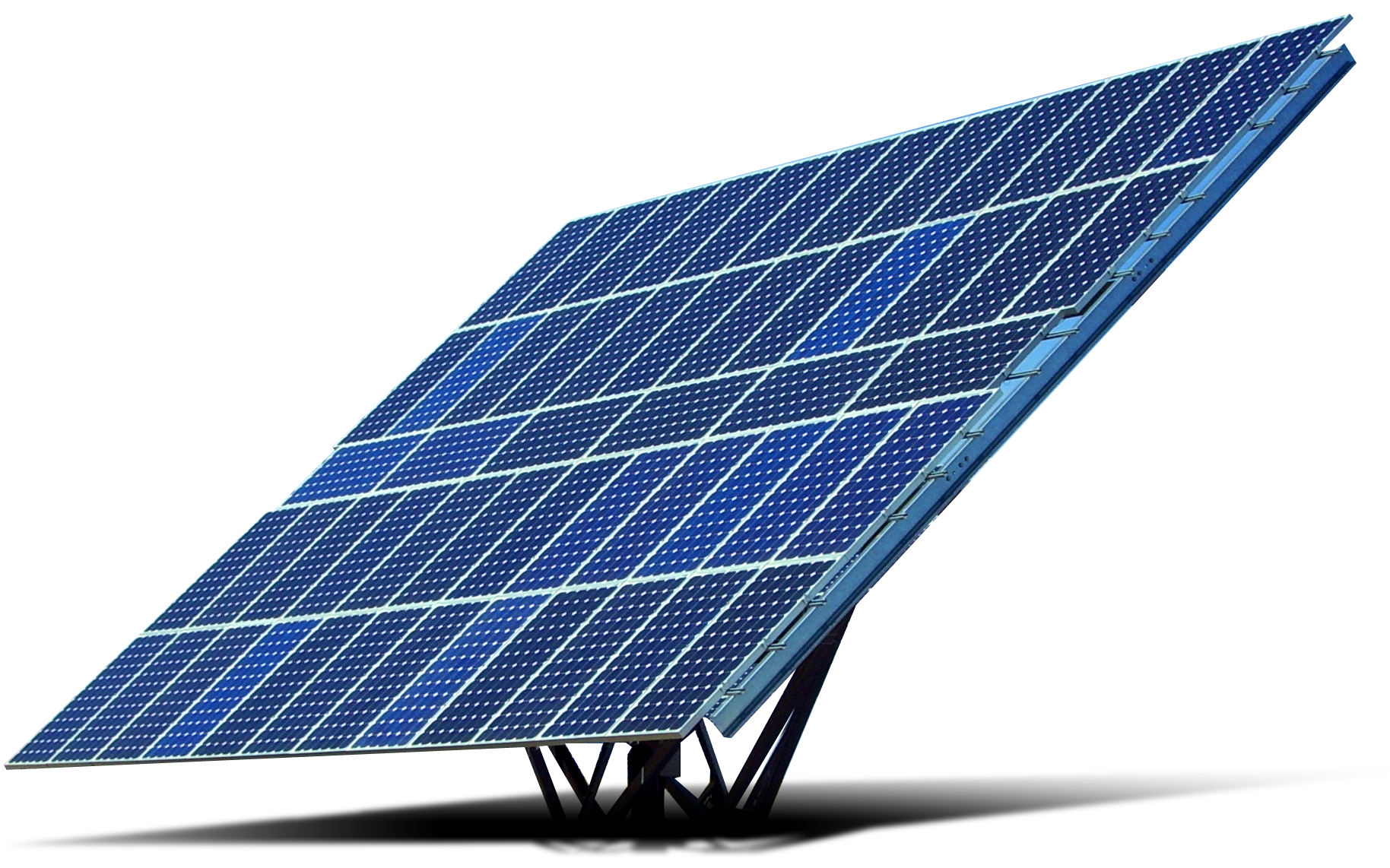
Solar panel PNG
Transparent backsheets with a fluoropolymer-based outer layer and PET core layer were exposed at 75°C/50% relative humidity (RH) while being subjected to UV irradiance of approximately 140 W/m2 for u.
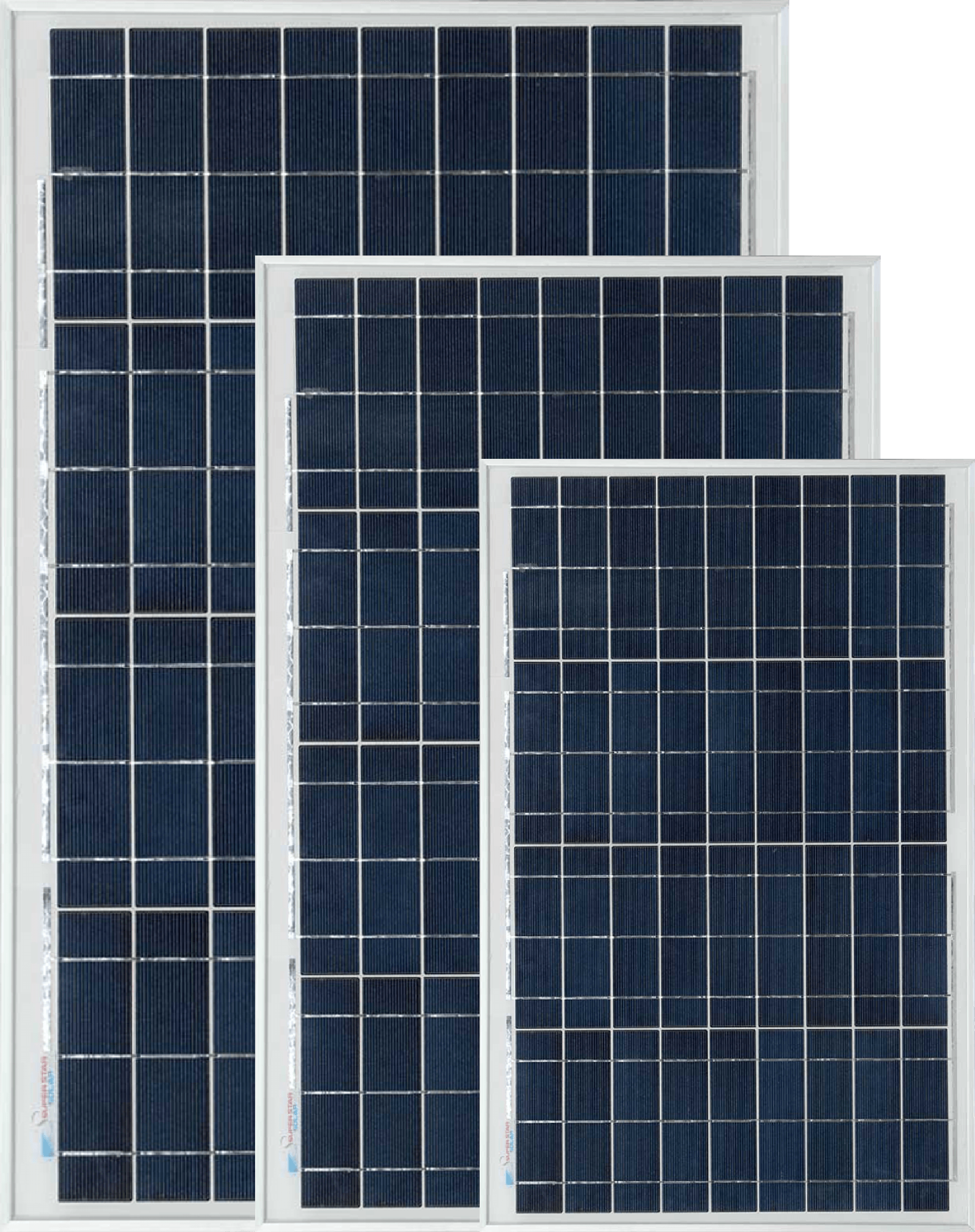
Solar panel PNG
Transparente Solarmodule und ästhetische Alternativen. Solarmodule werden meist auf dem Dach eines Hauses oder aber an der Fassade angebracht und sind so gut sichtbar. Es verwundert daher nicht, dass ästhetische Ansprüche, wie z.B. eine einheitlich schwarze Oberfläche oder transparente Solarmodule bei der Auswahl von Modulen eine Rolle spielen.

BIPV glass modules and solar panels metsolar.eu
The average price for semi-transparent PV windows starts at around $80 per square meter, compared with around $400 for fully-transparent windows. Regular double-pane windows typically cost $80-150 per square meter, and traditional solar panel costs range between $40-200 per square meter depending on the type. This makes semi-transparent windows.
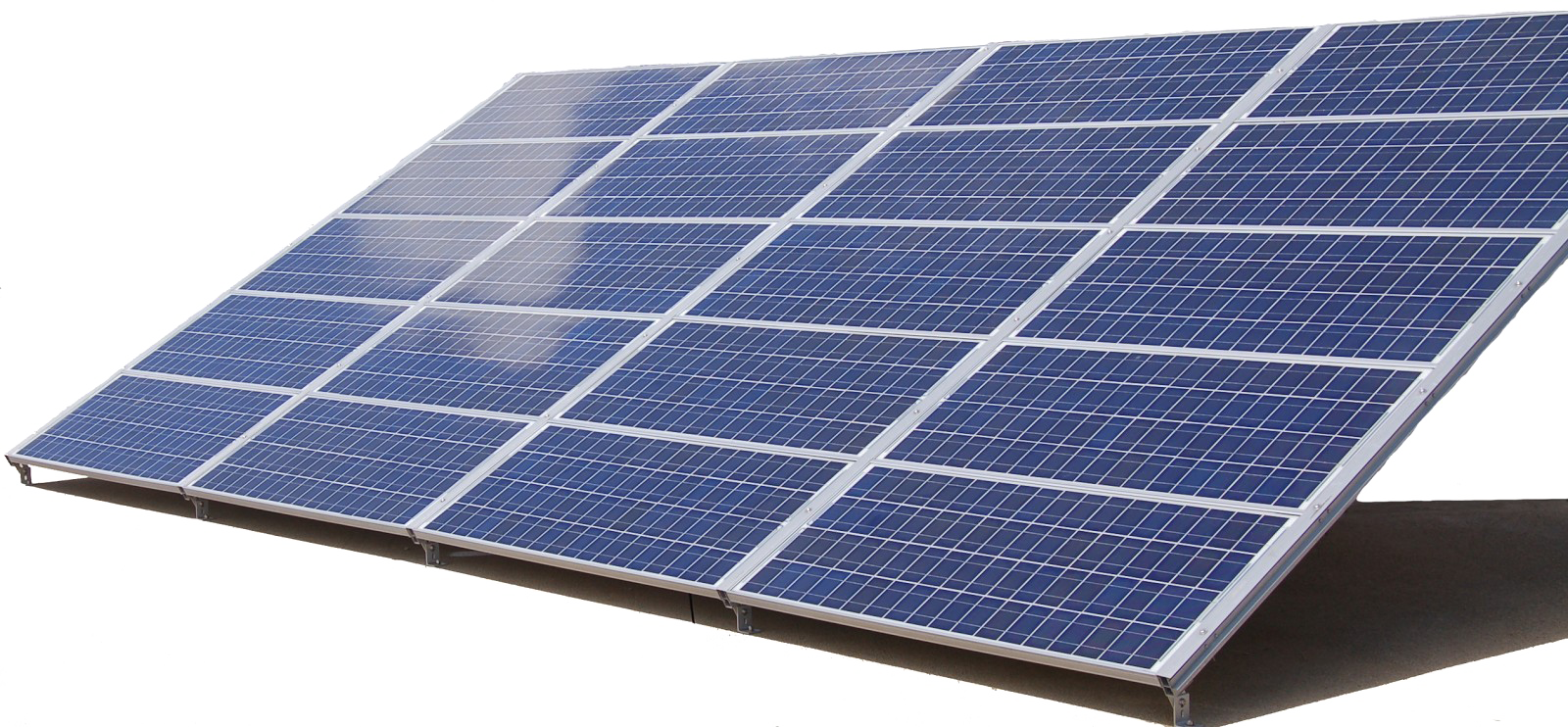
Panel solar PNG
There is an obvious difference in ultraviolet transmittance of a transparent backsheet and glass. UV transmittance of a transparent backsheet is less than 1%, whereas that of glass is 40-50%. Due.
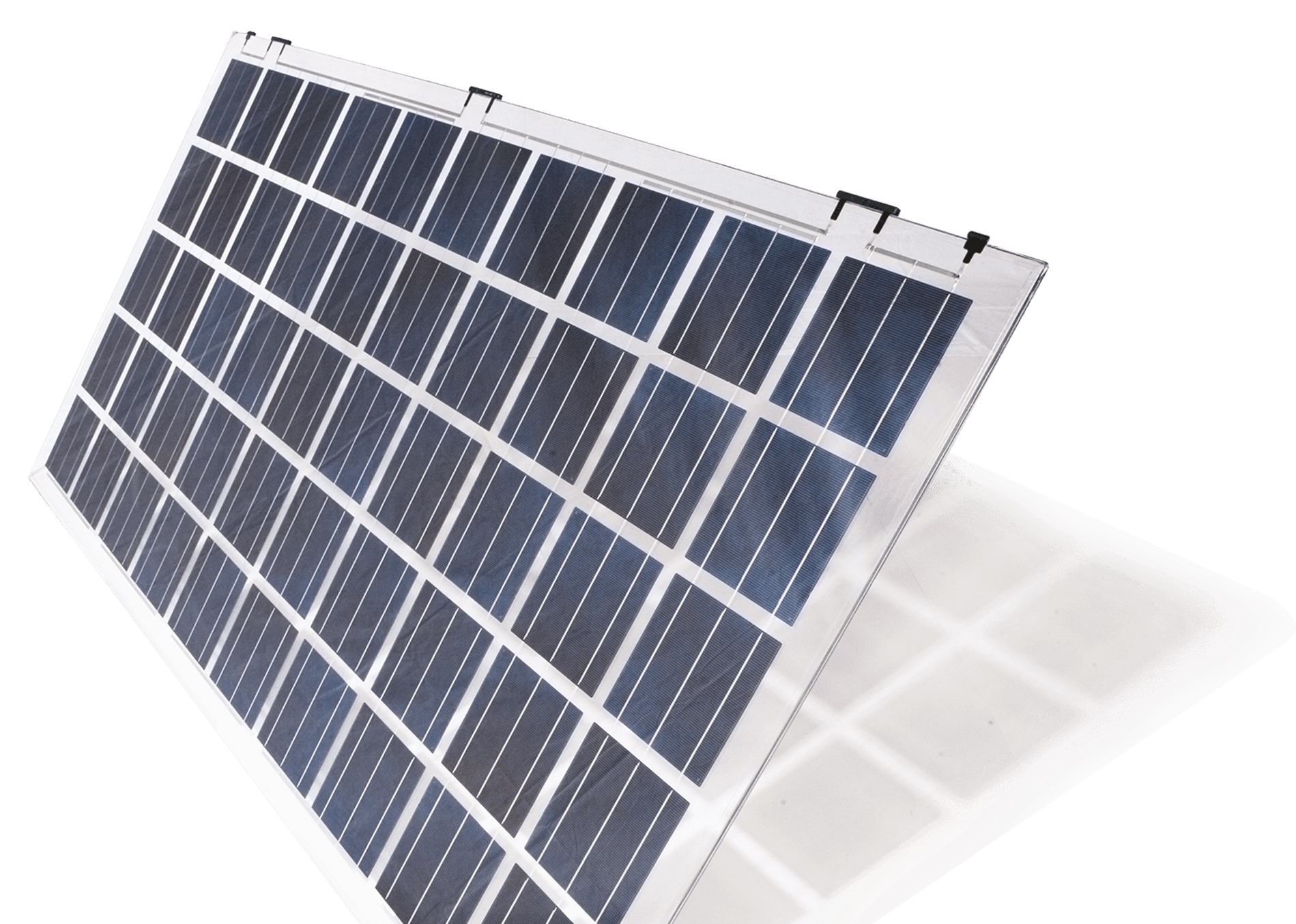
Transparente GlasGlasModule eFORM clear SUNOVATION Building Integrated Photovoltaics
Building-integrated photovoltaics (BIPV) have attracted interest due to their capacity to feasibly supply buildings with renewable power generation, helping to achieve net-zero or net-positive energy goals. BIPV systems include many different solutions depending on the application, the PV technology, and the envelope material they substitute. Among BIPV systems, the last two decades have seen.
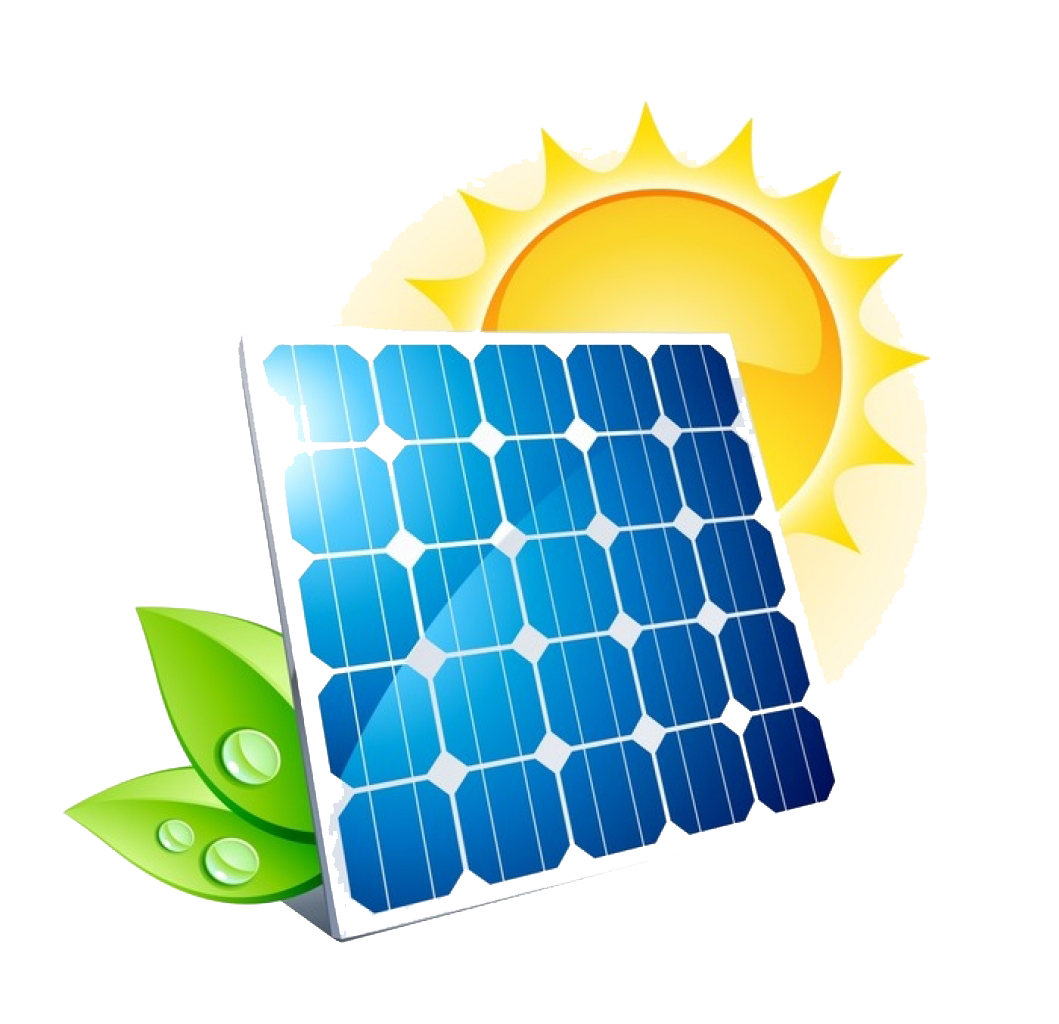
Panel solar PNG
Due to their transparent rear side, bifacial modules can take advantage of rear side irradiance as opposed to monofacial modules. Glass or transparent backsheets are conventionally used as rear side encapsulation material. To increase coupling gains achieved through internal reflection at the module rear side, a white or reflecting mesh structure can be applied in the areas between the cells.